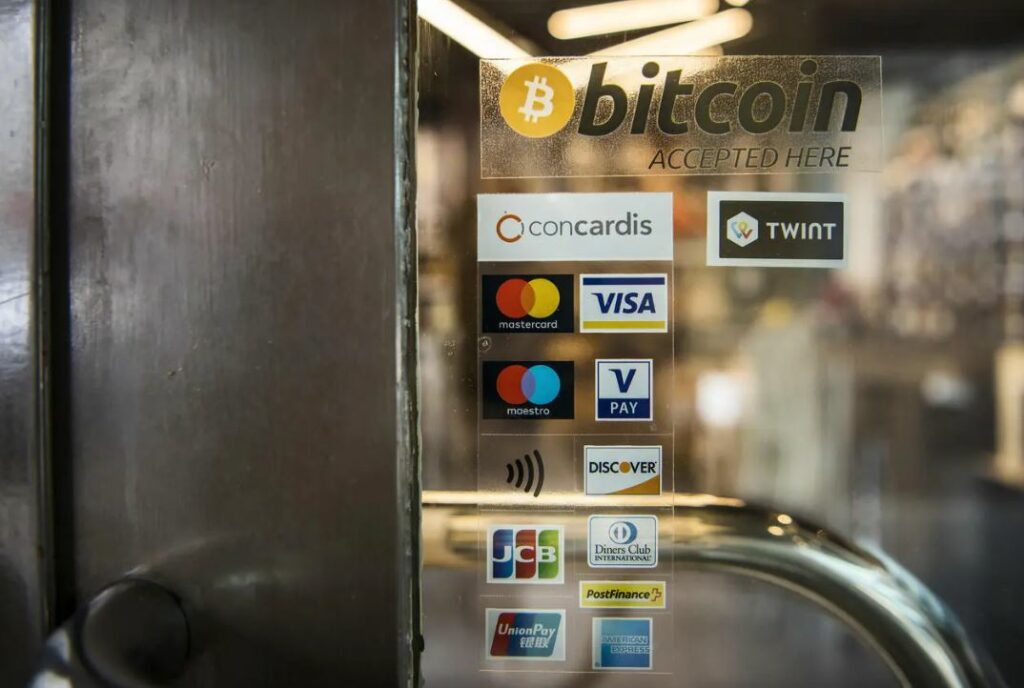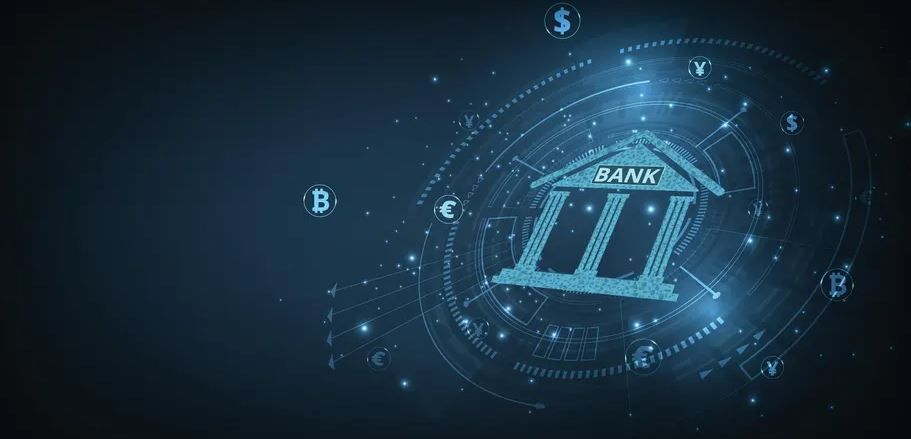
In 2025, the banking industry is undergoing a significant transformation. Crypto-first banks, financial institutions built around blockchain technology, are emerging as formidable players, challenging traditional banks and redefining financial services. With regulatory barriers diminishing and technological advancements accelerating, these innovative banks are poised to revolutionize the way we think about money, investments, and banking.

A New Kind of Bank
Unlike traditional banks that have tried to adapt to crypto, crypto-first banks are starting with it. They’re not just adding crypto products. They’re built entirely on crypto infrastructure. This means they can move faster and operate more efficiently.
One of the leading examples is Primacy, a crypto-first bank set to launch in Q3 of 2025. Based in Puerto Rico, Primacy is designed to serve both crypto-native users and traditional customers. The bank will offer standard services like checking accounts, loans, and credit cards, but all powered by blockchain technology.
Primacy plans to use stablecoins for faster, cheaper transactions and offer interest-bearing accounts backed by DeFi protocols. The bank is also working to get full FDIC insurance, aiming to give customers peace of mind.
Why Now?
This movement comes at a time of growing frustration with the traditional banking system. Many banks have struggled to keep up with the pace of digital innovation. And after recent crises like the collapse of Silicon Valley Bank in 2023, customers are demanding better options.
Crypto-first banks are also benefiting from shifting political and regulatory winds. Under President Trump’s current administration, there’s a renewed push to support blockchain innovation in the U.S. The White House and Congress are looking for ways to keep American financial leadership strong, and that includes embracing crypto.
This new political support makes it easier for crypto-focused firms to enter the market. In fact, several lawmakers are now pushing to create a new regulatory path for these institutions.
Backed by Big Players
Crypto-first banks aren’t small startups working out of garages. Many are backed by major investors and key figures in finance and technology.
Primacy, for example, was co-founded by Justin Schmidt, the former head of digital asset markets at Goldman Sachs, and Brady Dale, a well-known crypto journalist. The bank has attracted funding from top venture capital firms, including a16z crypto and Paradigm.
Other players are entering the field, too. Juno, a neobank with crypto integration, has already begun offering U.S. bank accounts tied to stablecoins. BVNK, based in London, is aiming to serve businesses with high-volume cross-border transactions using digital currencies.
Meanwhile, large crypto exchanges like Coinbase and Kraken are exploring ways to offer banking-like services without becoming full banks.
How They Work
So, how will crypto-first banks operate differently?
- Stablecoins as Cash Equivalents: Many of these crypto-first banks plan to use stablecoins like USDC or USDT to replace traditional cash. That allows for instant transfers, 24/7 settlement, and lower fees.
- DeFi Integration: Some services, like lending or earning interest, will be powered by decentralized finance platforms. Customers may earn more than they would at a traditional bank.
- Self-Custody and Wallet Support: Unlike banks that hold your funds, crypto-first institutions may let users store assets in self-custody wallets, giving them more control.
- Global Access: Because they’re based on the internet and not tied to a physical branch system, crypto-first banks can reach users in underserved regions where traditional banks can’t.
- Regulatory Challenges Ahead: Of course, launching a bank is not easy, especially a crypto-first one. Regulation is still a major hurdle.
In the U.S., banking is tightly controlled. Any bank offering services to American customers needs a charter and federal oversight. That’s why Primacy chose Puerto Rico, which allows for international banking licenses.
Even then, Primacy has applied for full FDIC coverage and aims to operate under U.S. financial rules. This is part of a larger effort to show that crypto-first banks can be just as safe and compliant as traditional institutions.
At the same time, some worry that regulators may push back. In recent years, the SEC and other agencies have taken a strict approach to crypto. While that seems to be softening under the Trump administration, nothing is guaranteed.

Industry Reactions
The arrival of crypto-first banks is causing mixed reactions in the industry.
Some traditional banks see this as a threat. If people start moving their money into crypto-native platforms, it could mean less business for big banks. Others, however, see an opportunity. Several legacy institutions are exploring partnerships or investments in these new ventures.
Crypto insiders, meanwhile, are mostly optimistic. They believe these banks could solve key problems in the crypto ecosystem, like fiat on-ramps, access to loans, and reliable savings products.
As Cody Carbone of the Digital Chamber said recently:
“We’re finally building the financial rails that the crypto world has needed for years.”
What’s Next?
Primacy is expected to launch in late summer or early fall 2025. Its success—or failure—could set the tone for the rest of the industry.
If it proves that crypto-first banking is possible, we could see a flood of similar ventures. That would put real pressure on traditional banks to innovate or risk being left behind.
One thing is clear: the line between crypto and banking is getting blurrier every day.
And the next generation of banks might look more like tech companies than anything we’ve seen before.























